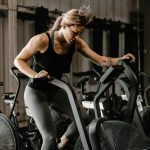Table of Contents
Aging is inevitable, but losing strength and mobility doesn’t have to be. While many turn to running for fitness, research shows that strength, mobility, and stability training are far more effective for longevity. These exercises preserve muscle, protect joints, and keep you moving with ease well into old age. Keep reading to learn more.
1. Strength Training: The Fountain of Youth for Your Muscles
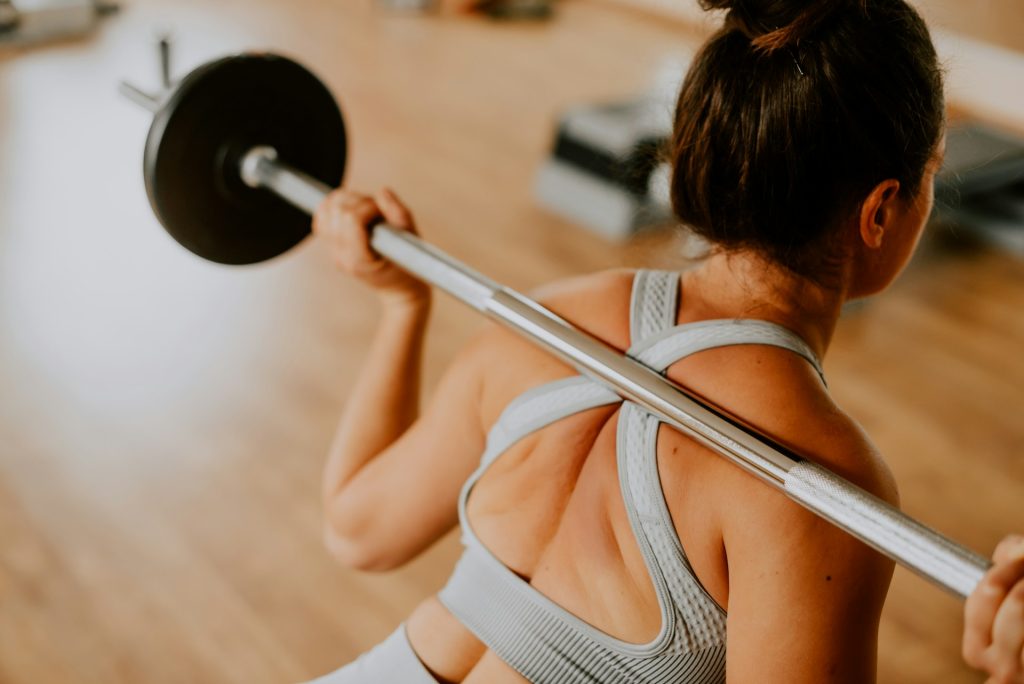
Muscle mass naturally declines as we age—a condition known as sarcopenia. This leads to slower metabolism, reduced bone density, and a higher risk of injury. Strength training is one of the most effective ways to combat this process.
Lifting weights, using resistance bands, or doing bodyweight exercises (such as push-ups and squats) helps maintain muscle, strengthen bones, and improve overall function. Studies show that adults who engage in regular resistance training have better mobility, reduced fall risk, and a lower likelihood of developing chronic diseases.
If you’re new to strength training, start with compound movements like:
- Squats – Strengthens legs and core, improves balance.
- Deadlifts – Targets multiple muscle groups and enhances posture.
- Push-ups – Builds upper body and core strength.
I recommend at least two to three full-body strength training sessions weekly to maximize benefits.
2. High-Intensity Interval Training (HIIT): Slow Aging at the Cellular Level
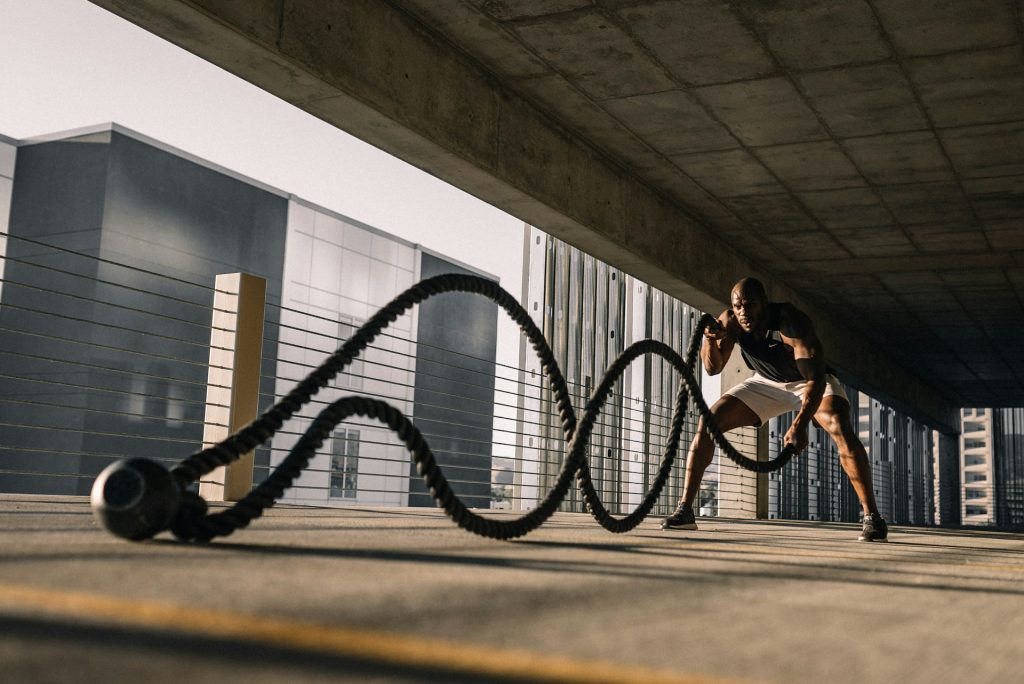
Want to support healthy aging at a biological level? Research suggests that HIIT (High-Intensity Interval Training) can enhance mitochondrial function, reduce oxidative stress, and even help maintain telomere length—key factors in slowing age-related decline.
Short bursts of intense exercise—such as sprinting, cycling, or kettlebell swings—offer powerful metabolic and cardiovascular benefits. Studies show that just 15–20 minutes of HIIT can improve heart health, insulin sensitivity, and muscle retention as effectively as longer steady-state cardio sessions.
While long cardio sessions have their fitness place, HIIT is a time-efficient way to stay strong, keep your metabolism high, and support overall longevity.
3. Mobility and Flexibility Work: Keep Your Joints Young
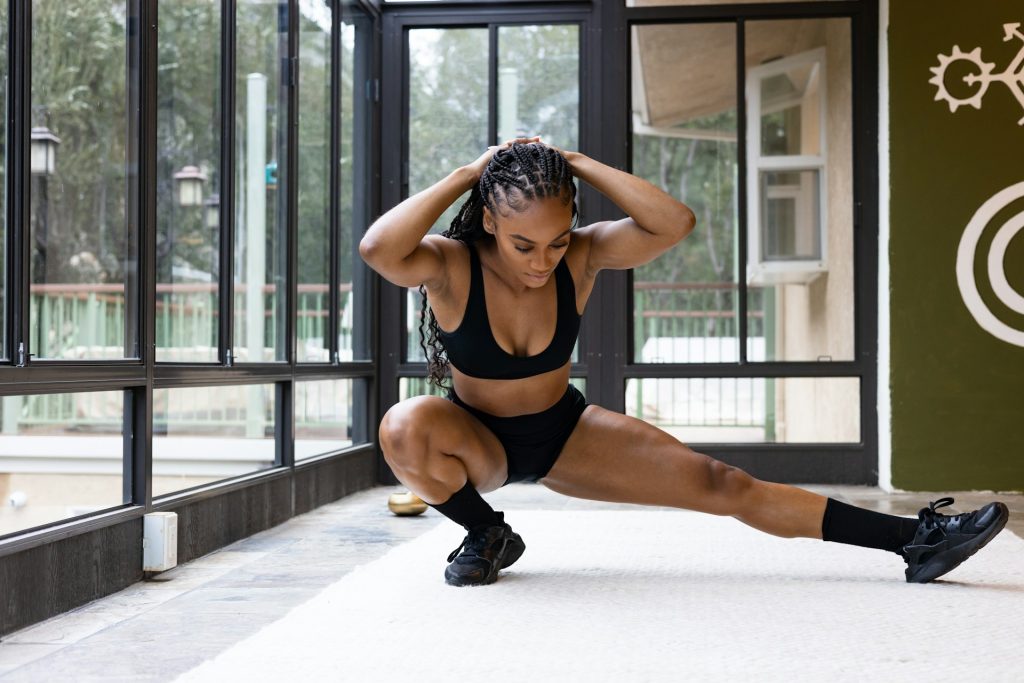
Ever wonder how some people move effortlessly, no matter their age? The secret isn’t luck—it’s mobility training. As we age, joint stiffness and reduced flexibility can increase the risk of pain and injury. Incorporating yoga, dynamic stretching, and foam rolling into your routine can help counteract these effects, keeping your body agile and resilient.
The best part? It doesn’t require hours of effort—just 10 minutes a day of deep stretching or yoga can make a noticeable difference. Simple movements like deep lunges, spinal twists, and hip openers improve mobility, enhance circulation, and reduce muscle tightness.
I make mobility work a non-negotiable part of my morning routine. A few minutes of focused stretching keeps me moving with ease. I’ve also realized that mobility training improves mind-body awareness beyond physical benefits.
When you move intentionally—focusing on how your joints, muscles, and posture align—you build better control over your body.
4. Zone 2 Cardio: The Anti-Aging Sweet Spot
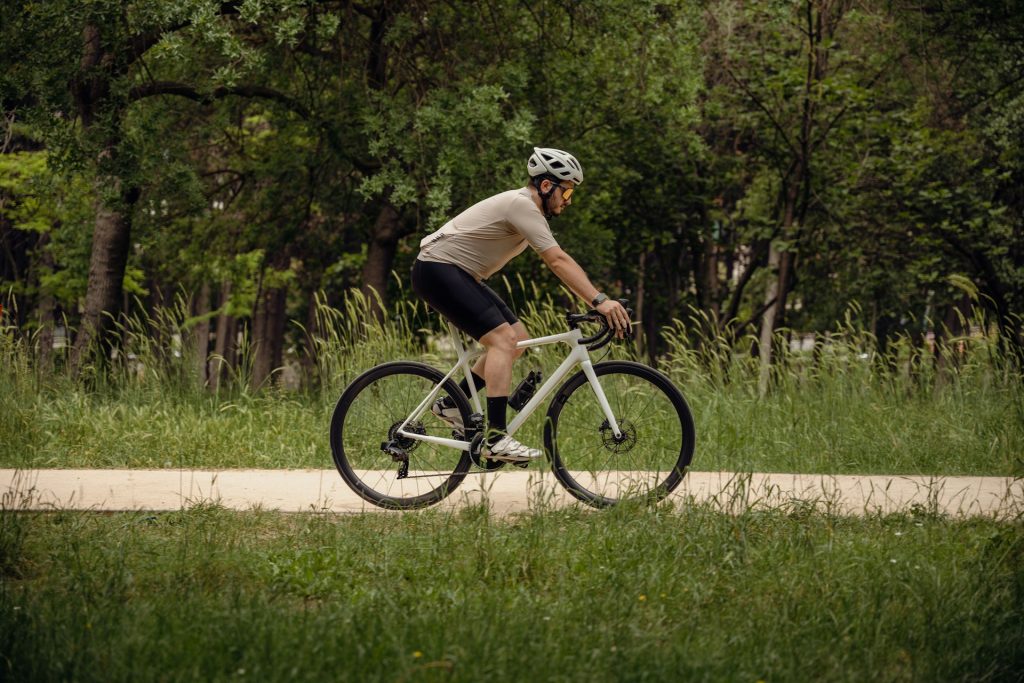
If long-distance running isn’t the answer, what kind of cardio should you do? Zone 2 training—low-intensity, steady-state cardio—is the key to cardiovascular health without excessive wear and tear.
Dr. Peter Attia, a longevity expert, emphasizes that Zone 2 training (keeping your heart rate at around 60–70% of your max) enhances mitochondrial efficiency and endurance. Walking, cycling, or rowing at a conversational pace builds cardiovascular health without breaking down muscles or spiking stress hormones.
One key benefit of Zone 2 training is its impact on metabolic flexibility—the body’s ability to efficiently switch between burning fat and carbohydrates for fuel. The best part is that if you consistently do Zone 2 work, it improves insulin sensitivity and enhances fat oxidation, reducing the risk of metabolic diseases like type 2 diabetes.
5. Functional Training: Move Well, Stay Independent
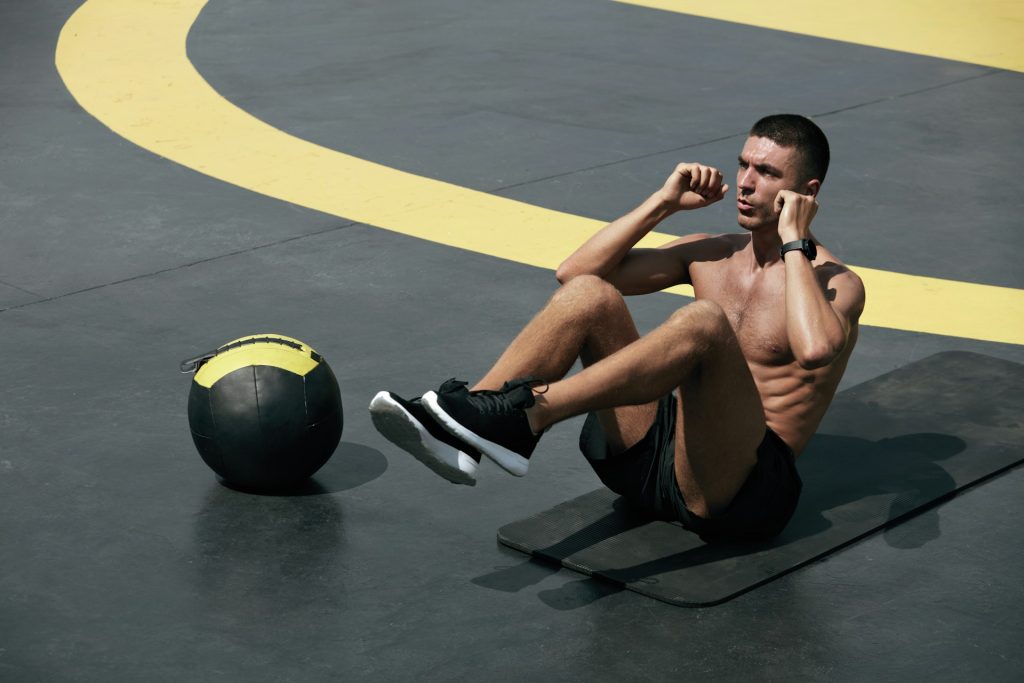
Functional training focuses on exercises that mimic real-life movements, helping you stay strong, agile, and capable as you age. By reinforcing balance, coordination, and core strength, these workouts make everyday tasks—like bending, lifting, and reaching—easier and safer.
Movements such as lunges, kettlebell swings, farmer’s carries, and Turkish get-ups train multiple muscle groups simultaneously, improving overall mobility and reducing the risk of falls. Older adults who engage in functional training experience greater strength, better posture, and enhanced stability, leading to improved quality of life.
Beyond physical benefits, functional training also boosts neuromuscular coordination, which helps the brain and muscles communicate more efficiently.
Personally, I swear by functional training because it’s practical. It prepares you for everything from carrying groceries to playing with grandkids.
6. Balance and Stability Work: The Overlooked Key to Longevity
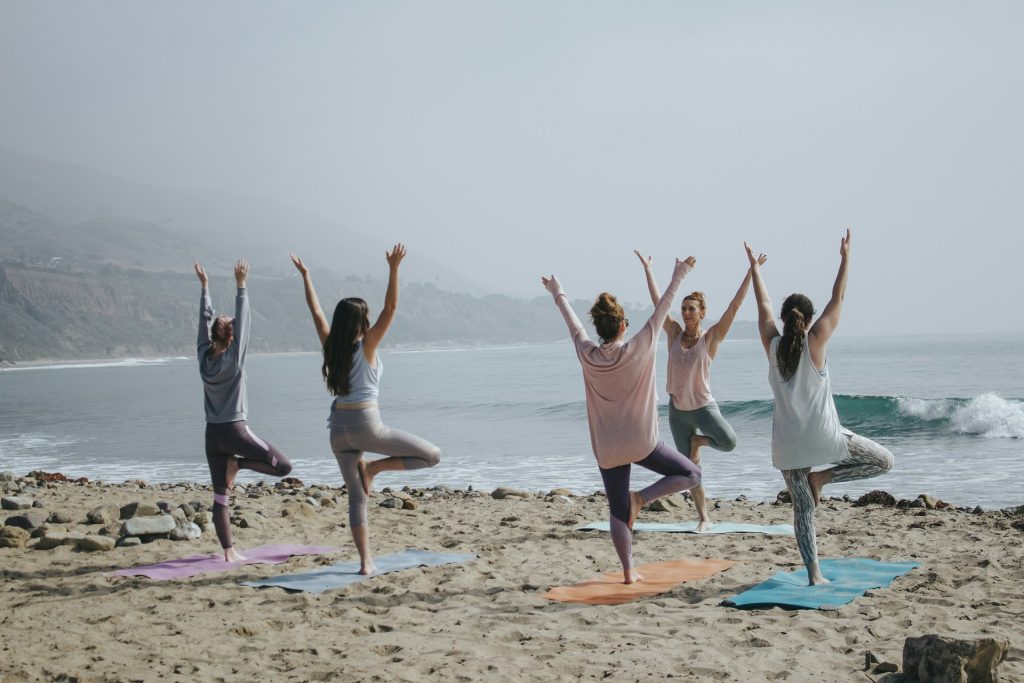
Most people don’t train balance until they start falling. By then, it’s often too late. Balance exercises strengthen stabilizing muscles and improve coordination, reducing the risk of falls and injuries as you age.
Simple drills, such as standing on one leg, using a balance board, or practicing Tai Chi, have been proven to enhance neuromuscular control.
Another overlooked factor in balance and coordination is mental sharpness. Nicotine, in its pure, controlled form, has been studied for its cognitive-enhancing effects, including improved attention and reaction time.
When used responsibly, a clean nicotine source—like Mick’s Naturals nicotine lozenges—can provide a subtle boost in focus, making it easier to stay mentally sharp and coordinated throughout the day.
7. Recovery and Sleep: The Missing Piece in Anti-Aging Fitness

Exercise is only part of the equation—recovery is just as important when it comes to slowing aging and maintaining peak performance. Sleep is where your body repairs itself, and neglecting it can lead to inflammation, muscle loss, and cognitive decline over time.
Research shows that adults who get quality sleep maintain better muscle function, metabolic health, and mental clarity. To optimize recovery, I focus on good sleep hygiene—using blackout curtains, limiting blue light exposure at night, and sticking to a regular sleep schedule.
These simple habits help regulate circadian rhythms and improve sleep quality, allowing the body to recharge fully. Beyond sleep, strategic recovery methods can enhance overall well-being.
Cold therapy and deep-tissue massages aid muscle recovery and circulation, while infrared saunas may help reduce stress and promote relaxation. While these techniques don’t directly extend lifespan, they contribute to better physical function, reduced soreness, and improved stress management.
Train Smart, Age Strong
Strength, mobility, balance, and controlled cardio are the pillars of long-term health. I’ve built my own routine around these principles; the benefits are undeniable. Want to stay sharp, strong, and mobile for decades to come? Prioritize these exercises, and you’ll thank yourself later.
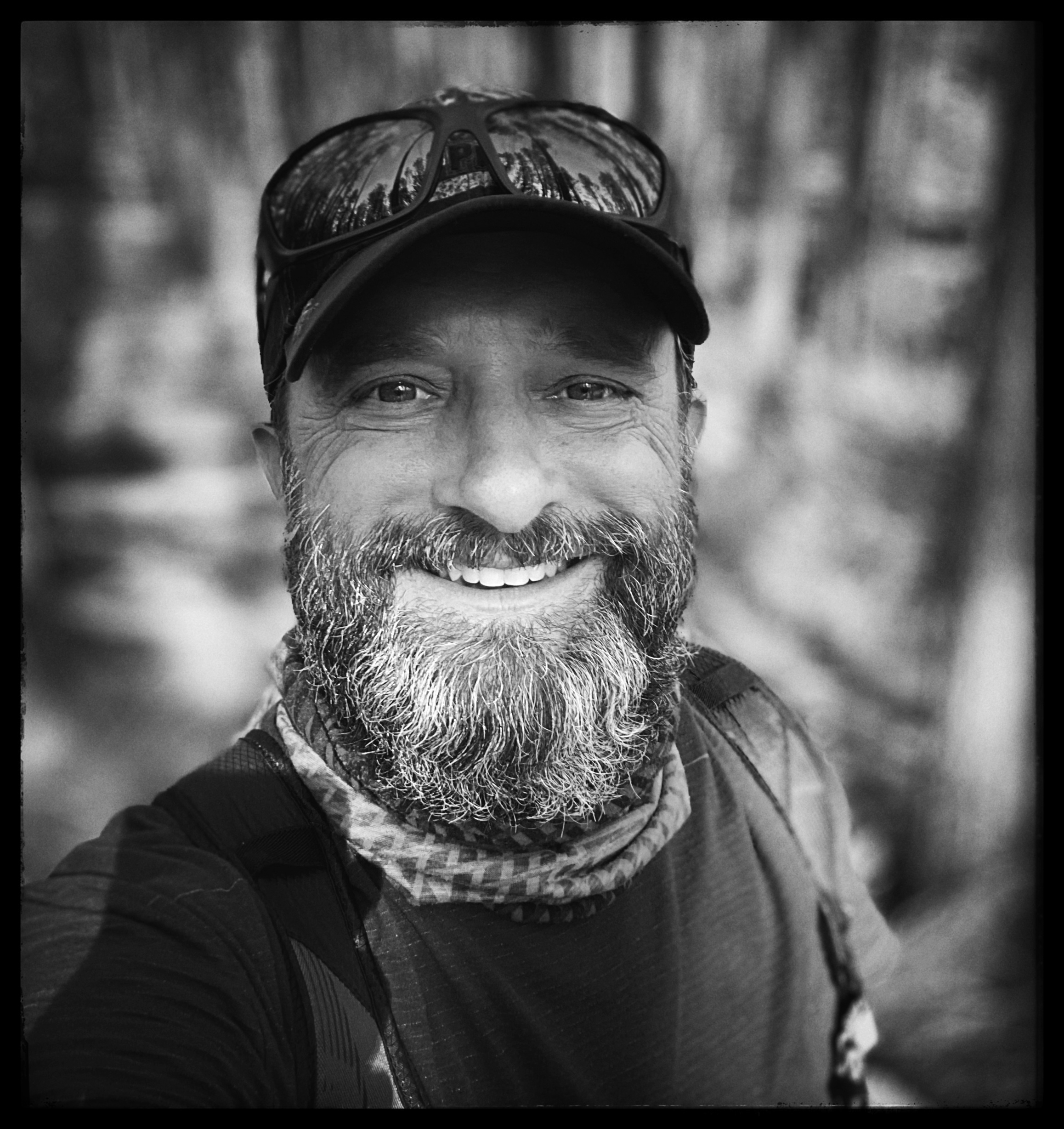
Hi! I’m Dave, a longtime biohacker focused on natural ways to improve health and performance. My work revolves around analyzing the science behind cognitive enhancers, nutrition, and longevity strategies. I’m particularly interested in natural nicotine products and their effects on focus and energy. Everything I share is based on research and real-world application, ensuring practical, reliable insights. Please note, none of the information shared here is medical advice.

